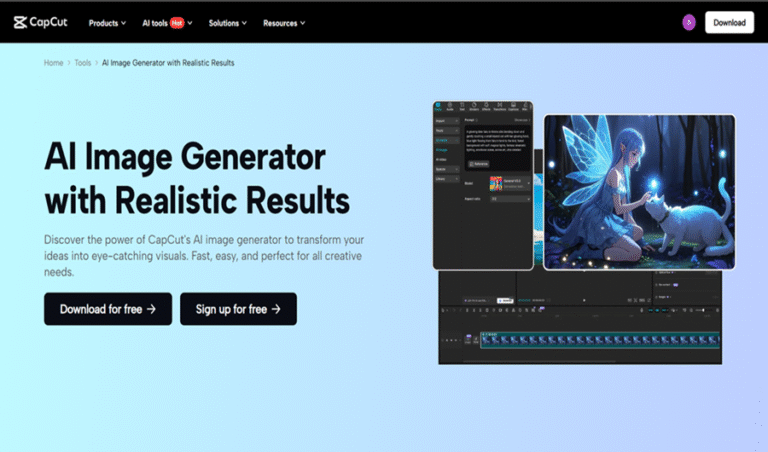The Digital Story Revolution: When Gaming Learned to Feel
Something’s happening in gaming that’s hard to pin down but easy to feel. The reels still spin, the matches still play, but the mood is different. There’s more story now. More emotion. More design that speaks directly to the player, not at them.
We’ve entered the era where every tap, sound, and animation means something. Gaming used to be about mechanics. Now, it’s about moments.
The change didn’t happen overnight. It’s the result of years of quiet innovation, mixed with a deeper understanding of what players actually want, and it’s completely reshaping how people experience online entertainment.
From Mechanics to Meaning
Let’s be honest: there was a time when most online gaming experiences felt like spreadsheets with flashing lights. They worked, sure, but they didn’t say much.
That started to shift when developers realised people weren’t just chasing results. They were chasing emotion.
Winning’s great, but it’s the moment before the win that sticks: the pause, the heartbeat, and the anticipation. Once studios understood that, they started designing for feeling, not just function. Suddenly, the interface wasn’t just decoration; it was storytelling.
When Tech Learned to Stay Out of the Way
It’s funny, the more advanced the technology gets, the less visible it becomes. The biggest leaps in recent years aren’t the ones you see. They’re the ones that disappear into the background: blockchain systems verifying fairness in milliseconds, live data syncing without delay, payouts happening instantly across borders.
That invisible layer is what separates a great platform from a forgettable one. You can see it especially in how the best crypto betting sites operate. Everything feels smooth: you move from page to page without friction, funds transfer instantly, and the design just flows. It feels simple, but under the hood, it’s ridiculously complex. That’s innovation at its quietest and most impressive.
Design Is Doing the Talking
If tech is the foundation, design is the voice.
We’ve hit a point where visual storytelling isn’t just a trend; it’s how players understand a brand.
A glowing line, a sound cue, a texture on a button… each detail plays a part in how people feel about where they are. Design creates trust. It signals quality before you’ve even logged in properly.
The clever part? Modern platforms use design to guide emotion. They don’t shout. They nudge.
A colour shift here, a delayed win animation there; it’s all rhythm and mood. The best digital environments aren’t the ones that say the most, but the ones that know when to stay quiet.
Players Changed, So the Games Had To
Today’s players don’t think of themselves as gamblers or gamers; they’re participants. They expect experiences to adapt, to evolve, to make sense.
They want the feeling of control, even when chance is part of the equation.
That expectation has reshaped how platforms are built. Interfaces have to feel alive. Slow loading? People leave. Cluttered menus? Same story.
A few years ago, the challenge was about graphics. Now it’s about flow; how seamlessly one interaction leads to another.
And that’s the real difference between now and even five years ago: the player leads the experience, not the other way around.
Emotion Is the Engine
Here’s the thing most developers quietly admit: logic doesn’t make players stay, emotion does.
Everything else is scaffolding.
The modern player is trained by apps like Netflix and Spotify. They want options but also guidance. They expect personalisation, but without being bombarded.
That balance between freedom and focus is where storytelling makes all the difference.
A well-designed gaming journey doesn’t lecture you; it feels right. And when it feels right, players keep coming back, not because they have to, but because they want to.
The Crypto Shift
Then there’s crypto, the wildcard that quietly rewrote the rules. For years, online gaming revolved around trust: players trusting platforms, and platforms trying to prove they deserved it. Crypto flipped that dynamic. It took trust out of the conversation and replaced it with proof.
Blockchain tech means transactions are visible. Smart contracts mean payouts can’t be delayed. Security is baked in, not bolted on.
It’s also opened gaming to a global audience. No currency barriers, no banking delays, and no hidden conversion rates. You play, you win, you withdraw instantly. That simplicity feeds directly into experience. Players don’t want to think about admin; they just want to play. Crypto made that possible.
The Human Side of High Tech
You’d think all this automation would make gaming feel more robotic, but it’s done the opposite. Technology took care of the friction, leaving room for humanity to come back into the design.
Look at how live games work now. Hosts, community chats, and shared tables are bringing warmth to what was once a cold digital space.
Platforms like Sportsbet are blending entertainment with participation. You’re not just watching a game; you’re part of it. The bets, the commentary, the live visuals all fold into a single stream of experience.
And that’s what people want in 2025: entertainment that feels alive, not automated.
The Story Beneath the Systems
Every digital platform tells two stories.
- The visible one — Lights, sounds, and themes.
- The invisible one — Flow, trust, and emotion.
You might not notice the second story, but it’s always there, quietly guiding you through the experience. It’s the reason one platform feels “off” while another feels effortless.
The secret? Timing. Milliseconds matter. Sound and motion sync to create a subconscious rhythm. It’s psychology woven into pixels. That’s not something algorithms can fake; it takes human instinct.
The Next Leap
The future isn’t about faster tech, it’s about smarter feeling. Developers are already experimenting with adaptive design: systems that respond to player mood, time spent, and even how fast someone clicks. Games that adapt to emotion, not just skill.
It sounds futuristic, but so did crypto a decade ago.
We’re also seeing communities reshape the landscape. Players aren’t passive users anymore; they’re collaborators. Feedback loops are instant. The audience is part of the development cycle now — and that keeps studios sharp.
It’s easy to picture what’s next: global tournaments streamed in real time, AI hosts with personalities, hybrid experiences where digital play reacts to live events. It’s not about blurring lines anymore; it’s about removing them entirely.
A World That Keeps Moving
If there’s one constant in this whole story, it’s change. The digital gaming space never sits still. The technology evolves, players evolve, and the stories evolve with them.
What’s interesting, though, is how human it’s all becoming again.
After years of chasing scale and speed, the industry’s best innovations are the ones that bring personality back: design that understands how people feel, not just what they click.
Gaming’s no longer a pastime; it’s a dialogue. And every spin, match, or moment is another line in that conversation.
FAQs
Why does storytelling matter so much in modern gaming?
Because players want meaning, not just mechanics. Storytelling gives context to every click and spin.
How does crypto change the gaming experience?
It brings transparency and instant transactions, removing the waiting and uncertainty that used to slow things down.
What makes newer platforms stand out?
Design that feels effortless, faster tech under the surface, and features that build community rather than isolation.
What’s next for online gaming?
Smarter, more adaptive experiences that respond to how players actually feel, not just how they play.







